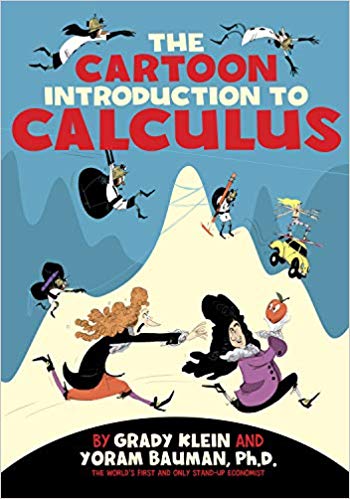The game is rigged. We all know it. So what?
The art is learning how to navigate within the structure for your own benefit. All it takes is a change in your perspective.
Care about others a little bit less; care about yourself a little bit more.
Selfishness rules the world. Dog eat dog and all that rot. It is kill or be killed; take or be taken.
I get out of bed and stumble toward the kitchen.
How can I face another day of constant warfare? I need coffee. Food. Maybe something stronger.
I glance at the stove and the sink and am reminded of tasks not done. Blurgh, no clean dishes, no clean pans. No eggs for me.
I hear my alarm. What was it I was supposed to be doing? Oh, yeah. A heavy sigh pushes my body a little closer to the floor. I trudge to the bathroom for a quick brush of the teeth and hair. Time to head out.
I exit the flat. The dingy hallway closes in on me. I am reminded again of my status. Dog eat dog; I chant my new mantra, trying to convince myself. I must get out of here. This life is killing me.
I see the sign on the elevator. Out of order. Again. It has worked exactly two days in the last month. I stumble down six flights of stairs.
The lobby lights are dim. Only one working bulb in the entire room. The trash by the mailboxes remains from last week. Not my responsibility. I try to convince myself. I cleaned up the lobby every week this year. I am starting over. Time for some other dog to be devoured. I’m done.
I exit the building. The streets are dark. I hate having to leave so early. The bus will arrive at my stop soon. Only two bus changes today. That is better than my old place, but it still takes too long to get to work.
Brr. Dirty snow consumes the sidewalk, except on the narrow path created by my neighbors’ feet. No one shovels in the slums. No one cares. No one issues citations. The law doesn’t apply here, unless they want to crush someone.
Six blocks go by. Only one more and I will reach the bus stop. No building here to block the wind. A shiver overtakes me. I need a new coat. Sigh. I need to make rent.
I check my phone: 6:00 am. The bus should arrive in 5 minutes. I look around. No one else is here. That is odd. I check the posted schedule. Unchanged. Is it a holiday? No. WTF.
6:05. No bus. 6:10. I will miss my connections. Still no one else at the stop. Finally, someone strolls by. Do you know what is going on? Bus strike today?! I can’t afford a taxi. I don’t have a car. No one is able to give me a ride. No work today. Pay rent or buy food? The game is rigged.
